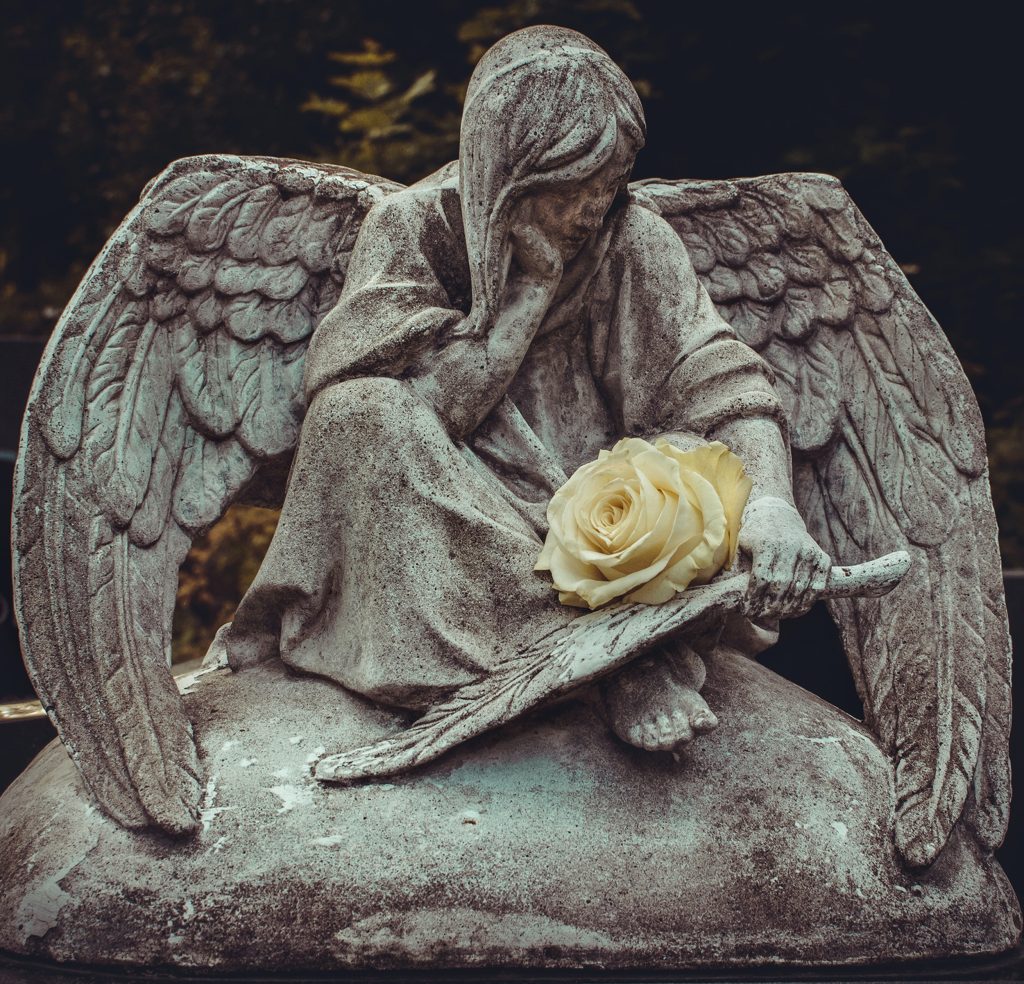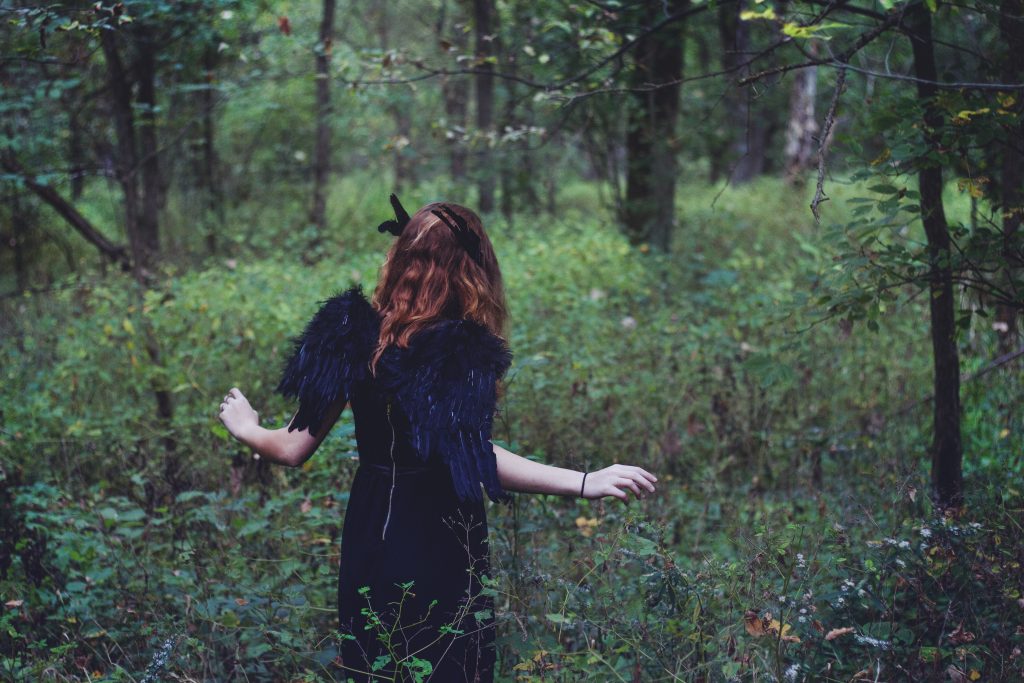This post is the first in a series looking at writing gothic fiction. In it, I explore what it takes to create a setting filled with menace, one that evokes a growing feeling of dread and keeps your reader hooked until the end.
Share this post in your favourite places

Photo by Julia Kadel on Unsplash
Why I love gothic fiction?
I’m too much of a wimp to read pure horror. The last horror novel I attempted was James Herbert’s The Rats more than thirty years ago. I’m not sure what possessed me to try as I detest rats but try I did. Suffice to say the prose was too graphic and disturbing and I only finished a couple of chapters.
Gothic novels do scare me but in a subtler, shiver down my spine kind of a way. Exciting and so much better for my sleep patterns!
I was inspired to write this blog after recently listening to an old episode of the Talking Scared podcast where Laura Purcell was the featured guest. Laura is a master of gothic writing and one of my favourite authors so I was really interested in what she had to say.
The host asked her if she could explain the secret to crafting an authentic piece of period gothic fiction. Her reply was that it was 80% about the atmosphere and key is the creation of a setting which builds a slowly creeping dread and sense of menace.
So how can you do this?
Establish your setting
If you’re a fan of gothic fiction, you’ll be more than familiar with the genre’s trope of the haunted mansion/manor house/castle. Think Wuthering Heights in Emily Bronte’s novel of the same name, Manderley in Daphne Du Maurier’s Rebecca, or the castle in Walpole’s The Castle of Otranto.
But there are many other more recent books whose authors have chosen a different kind of setting – the museum in Katy Hay’s The Cloisters, the circus in Erin Morgenstern’s The Night Circus and the farm in Andrew Michael Hurley’s Starve Acre.
Wherever you choose to set your story, you’ll need to know it as well as you do your main characters. In fact you need to treat it almost as a character in its own right. And as with your characters, if you want to craft a three-dimensional setting, you need to go deeper than a description of its physical characteristics, though of course this is important too. You need to bring alive its personality.
But let’s consider the physical detail first.
Know your setting intimately
As the author of your story, you need to know your setting inside out. Maybe start with a drawing of its layout if you struggle to visualise it.
Think about where your setting is. What direction does it face? Is it a small space that generates a feeling of claustrophobia, or a larger space that echoes unnervingly? Think about where the light enters the space, how it casts eerie shadows on the wall. Or how it feels at night, the damp chill seeing up through the stone floor.
Weave lots of little details through your narrative to describe the setting but don’t be afraid to leave a little bit of mystery too. Readers like to fill in the gaps, to form their own images.
Once you’ve mapped out your setting, it’s time to flesh it out.
Engage your senses
I touched on this in my post on creating a believable world in historical fiction. But as well as engaging our traditionally known five senses, there are other more subtle ones we can employ to great effect in our writing. These are what the eco-psychologist Michael J Cohen describes as our mental senses. Amongst other things these describe aspects of our sensory world such mental or spiritual distress, a sense of fear, and our psychic capacity.
Tapping into these lesser-known senses such as by thinking about what makes us frightened, helps us add another layer of depth to our writing. It helps to create mood.
You have a solid setting, so now what?

Photo by Alex Grodkiewicz on Unsplash
Character interaction
The world of your gothic story needs to create a feeling of isolation, to evoke an alternate reality that impacts on the psyche of your main character[s].
Cecilia Ekbäck does this to great effect in one of my favourite gothic-flavoured historical fiction books, Wolf Winter. Set in a tiny settlement on Blackäsen mountain in 18th century Lapland, the novel is a masterclass in the portrayal of a world filled with menace, spine chilling eeriness and darkness.
And then, instead of silence, there was the murmur of water. She began to walk again, head tilted, following the only timbres that were familiar in the midst of the woodland. And as the rumble of rapids became louder, she lengthened her steps, anticipating the opening: the air. She came out on to a large rock on the shore above a river and stopped. The water in front of her churned, screamed against stones and gushed down. She knew this, had seen it before, and yet she had never come across anything like it in her whole life.
I love how the character Maija reacts to the landscape in this extract, how the rushing of the water in the rapids causes her to hurry towards the open air to escape the claustrophobic grip of the middle of the woodland. Little reference is made to Maija’s inner experience, but my pulse quickens as I read this passage and I’m totally immersed in the setting. I particularly like the contradiction in the final sentence – it adds to the sense of ‘the other’, of a world that is both familiar and not familiar.
So there you have it. My suggestions for creating a suspenseful and exciting setting. I hope you’ve found it useful for helping you nail yours in your work-in-progress.
I would appreciate any comments and if you think others might benefit from reading, please like and share.
I’ve added some links to other resources on gothic fiction which I hope you also find helpful.
More resources
Writing Gothic Historical Fiction with Anna Mazzola a discussion with The History Quill
Gothic Fiction: Definition, Authors and Books
Writing Gothic Fiction an ebook by Rayne Hall
Tracey Chick is a freelance editor and book coach specialising in historical fiction (including gothic and myth based fiction), adult fairy tales and memoir.
She is a member of the Chartered Institute of Editing and Proofreading.
Visit her website at Tracey Chick, connect on Twitter at @WriterTjc, LinkedIn and Facebook.
Share this post in your favourite places
